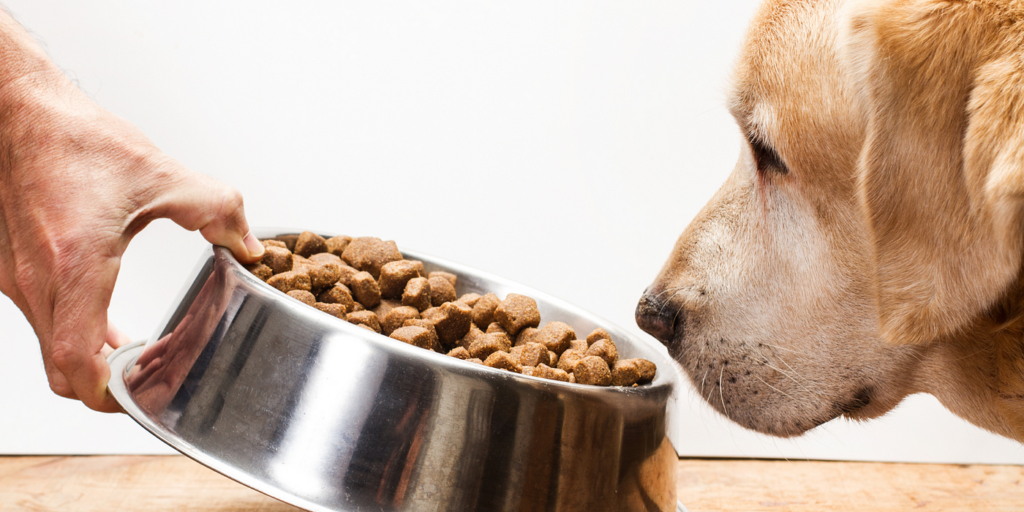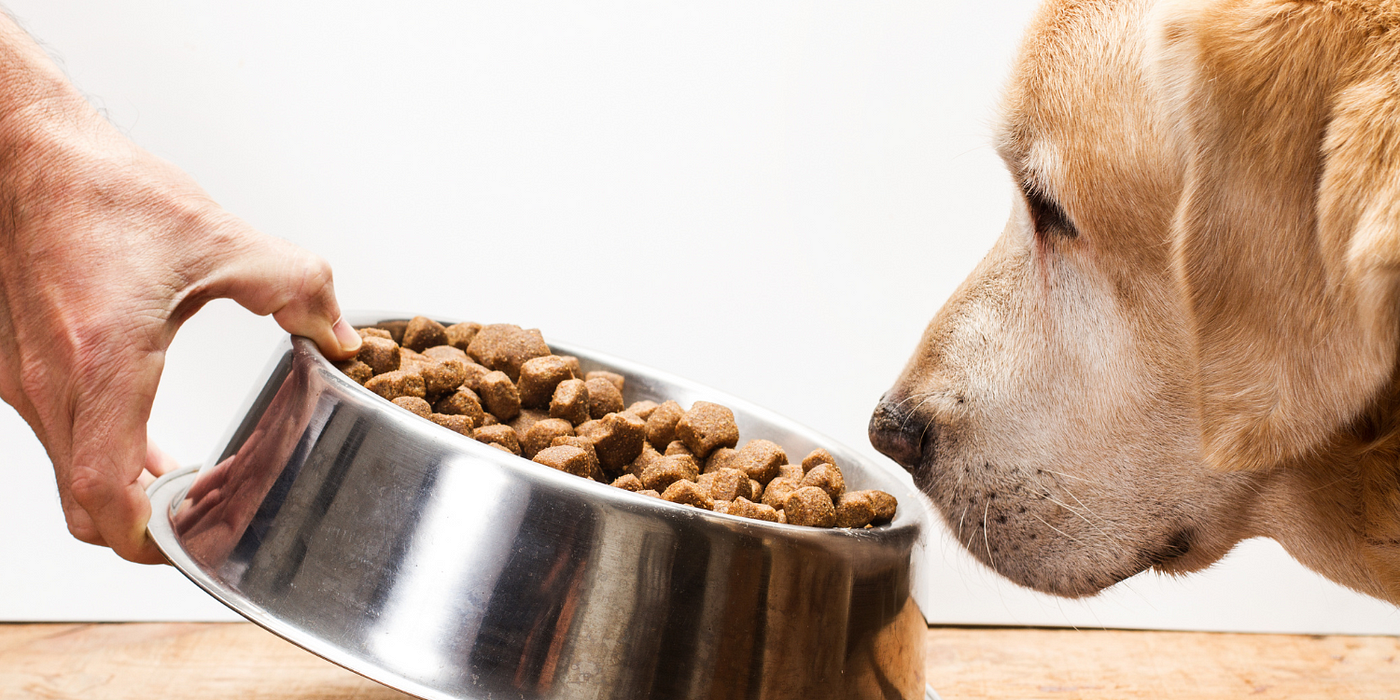Unlocking the Secrets of Grain-Free Pet Food: Is It a Healthy Option?
Choosing the correct food for your dog or cat is one of the most crucial decisions you will make as a pet owner. Pets have different nutritional requirements depending on their age, breed, health, and degree of exercise, much like people. Pet owners are increasingly choosing grain-free food because they think it’s healthier for their animals.
There are differing views, though, on whether grain-free diets are a marketing fad or actually helpful. You’ve come to the correct site if you’re unsure if giving your pet grain-free food is the best option.

We’ll discuss the advantages and disadvantages of grain-free pet food in this in-depth guide, assist you in determining if it’s right for your pet, and offer affiliate links to some of the top grain-free pet food brands available. You will have the knowledge necessary to decide on your pet’s diet by the end of this post.
What is Grain-Free Pet Food?
Common grains like wheat, corn, rice, barley, or oats are not used in the formulation of grain-free pet food. Rather, sweet potatoes, peas, lentils, or chickpeas are commonly used as carbohydrate sources in grain-free products. These foods are usually promoted as being more natural or similar to what pets’ wild ancestors may have consumed, and they frequently have higher protein contents.
For instance, more readily digestible carbs and fiber sources are used in many grain-free pet diets in place of grains since they are believed to be kinder to certain pets’ stomachs. Because of this, pet owners who think their animals might have grain allergies or dietary sensitivities are particularly drawn to grain-free diets.
The Benefits of Grain-Free Pet Food
1. Potential to Relieve Digestive Issues
Many pets, particularly dogs, may have allergies or food sensitivities. Bloating, diarrhea, vomiting, and upset stomach are typical symptoms. A grain-free diet may help alleviate these digestive problems in several situations.
For certain pets, digesting grains like wheat, corn, and soy might be challenging. You can provide your pet a diet that can be easier on their digestive system by removing these components and substituting them with other carbohydrates like potatoes, sweet potatoes, or peas. Probiotics and digestive enzymes are also included in certain grain-free diets, which can help with digestion and gut health.
2. Suitable for Pets with Grain Allergies
Pets, particularly dogs, are comparatively susceptible to grain allergies. Food allergies can cause gastrointestinal problems, ear infections, itchy skin, and persistent paw licking. The most common allergens are frequently removed from grain-free pet food, which helps pets with these sensitivities.
Some pets’ allergy problems may be considerably lessened by switching to a premium grain-free food. For instance, compared to foods made with grains like corn or wheat, those made with protein-rich components like chicken, lamb, or fish are less likely to cause allergic reactions.
3. Higher Protein Content for Active Pets
The higher protein level of grain-free pet food is one of its primary selling features. Animal-based proteins like lamb, salmon, turkey, or chicken are used to make a lot of grain-free choices. Essential amino acids found in these premium proteins promote energy, muscle growth, and general wellness. For energetic pets or working dogs who need more protein to sustain their energy levels and muscle mass, this is especially advantageous.
A high-protein diet is essential for cats to meet their nutritional needs because they are obligate carnivores. A protein-rich formula that resembles the kinds of food that wild cats would normally eat—such as small rodents and birds—can frequently be obtained from grain-free foods.
4. Weight Management and Satiety
Weight management may be aided by the higher fiber and lower simple carbohydrate content of grain-free pet diets. Grain-free pet food frequently contains high-fiber foods like sweet potatoes and peas, which can help your pet feel satisfied for longer. This can make it easier to maintain a healthy weight by preventing overeating.
By lowering hunger desires in between meals, a grain-free diet may be beneficial for pets that need to reduce weight or maintain a good body condition. Additionally, these meals’ higher protein content can help build lean muscle mass, which can help control weight.
5. Healthier Skin and Coat
The health of your pet’s skin and coat can be enhanced with a premium grain-free diet. Omega-3 and omega-6 fatty acids are abundant in ingredients like fish oil and flaxseed, which are frequently found in pet meals without grains. These fatty acids support healthy skin and help keep the coat silky and lustrous. They can lessen inflammation, increase moisture, and even aid in the treatment of skin disorders including hot spots and itching.
Removing grains from a pet’s diet can help relieve the dryness or irritation of their skin that many pets with food allergies experience. Grain-free diets are a great way to enhance your pet’s comfort and general attractiveness, especially if they are high in healthy fats.
The Drawbacks of Grain-Free Pet Food
Grain-free diets offer numerous advantages, but they may also have drawbacks. When switching your pet to a grain-free diet, it’s crucial to take these things into account.
1. Higher Cost
The cost of grain-free pet food is one of its primary disadvantages. Compared to regular pet food, grain-free diets might be more costly since they frequently contain higher-quality ingredients like fresh meat and vegetables. This can be an important consideration if you’re on a tight budget. Nonetheless, a lot of pet owners think the possible health advantages outweigh the additional expense, particularly for animals with dietary restrictions.
2. Risk of Nutritional Imbalance
Pet foods free of grains are not all made equal. Even if a lot of high-quality grain-free foods are balanced, others can be deficient in vital nutrients that your pet requires. Certain grain-free pet diets, for instance, contain large amounts of potatoes or peas, which may cause your pet’s diet to become unbalanced, especially with regard to calcium and phosphorus levels. Over time, health problems may arise from a deficiency in specific vitamins and minerals.
Make sure the meal is nutritionally balanced and thoroughly check the ingredient list before implementing a grain-free diet. To make sure the food is full and balanced for your pet’s particular life stage, look for one that complies with AAFCO (Association of American Feed Control Officials) recommendations.
3. Concerns About Dilated Cardiomyopathy (DCM)
Concern regarding the possible connection between grain-free diets and canine cardiac disease known as dilated cardiomyopathy (DCM) has grown. The FDA has been looking at findings that indicate a link between some grain-free foods—especially those that contain chickpeas, lentils, and peas—and a higher risk of DCM in specific dog breeds.
It’s crucial to remember that nutrition is only one possible contributing factor to DCM, which is a complex disorder. Even while some grain-free diets have been linked to DCM, many experts think additional research is necessary before firm conclusions can be made. Before making the switch to a grain-free diet, it’s crucial to speak with your veterinarian if your dog is at risk for DCM (such as large or giant breeds).
4. Not Necessary for Every Pet
Not every pet need a diet devoid of grains. Making the switch to grain-free food might not offer any further advantages if your pet is healthy, free of food sensitivities, and thrives on their present diet. As a rich source of carbohydrates, fiber, and nutrients, grains like rice and barley might actually be helpful for your pet’s diet. A conventional pet meal might be more than sufficient for your pet’s needs if they are not exhibiting any symptoms of allergies or digestive problems.
How to Decide if Grain-Free Pet Food is Right for Your Pet
When it comes to deciding whether grain-free food is right for your pet, there are several factors to consider:
- Allergies or Sensitivities: If your pet has been diagnosed with food allergies or sensitivities to grains, a grain-free diet might be the best option to reduce symptoms.
- Health Conditions: Pets with certain health conditions, such as obesity, diabetes, or kidney disease, may benefit from the higher protein and lower carbohydrate content of grain-free foods.
- Age and Activity Level: Active pets, particularly working dogs, may require the higher protein content found in grain-free foods to support their energy needs and muscle mass.
- Consulting Your Vet: Before making any major dietary changes, it’s important to consult with your veterinarian. They can help determine if a grain-free diet is necessary based on your pet’s health status and nutritional needs.
Final Thoughts
There are benefits to grain-free pet food, particularly for animals with digestive disorders or food sensitivities. It’s not a one-size-fits-all treatment, though, and not all pets will require it. It’s crucial to pick a premium food that suits your pet’s specific requirements, whether or not you decide to feed them a grain-free diet.
Always get advice from your veterinarian before switching to grain-free pet food to be sure it’s the best option for your pet’s health and welfare. You may help your pet live a longer, healthier life by feeding them a healthy diet.

